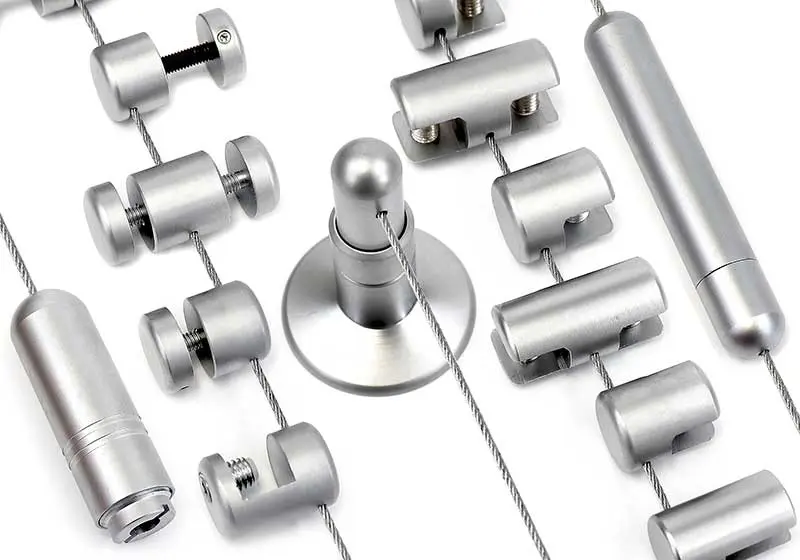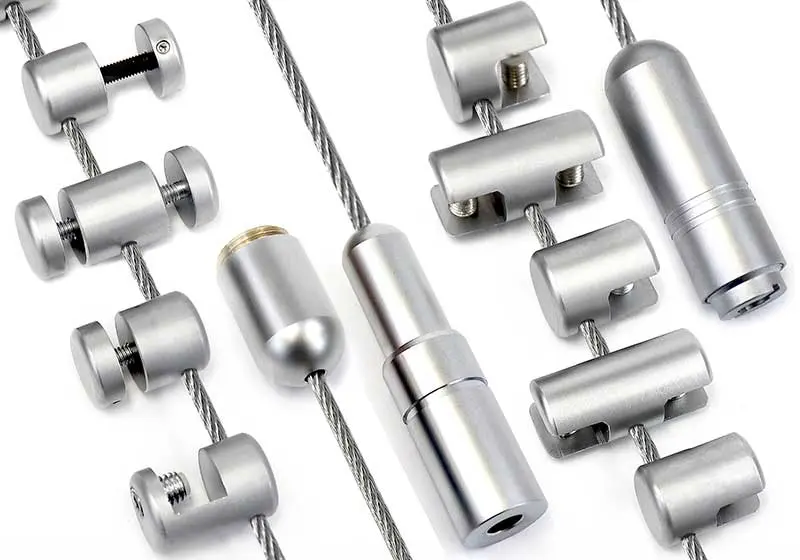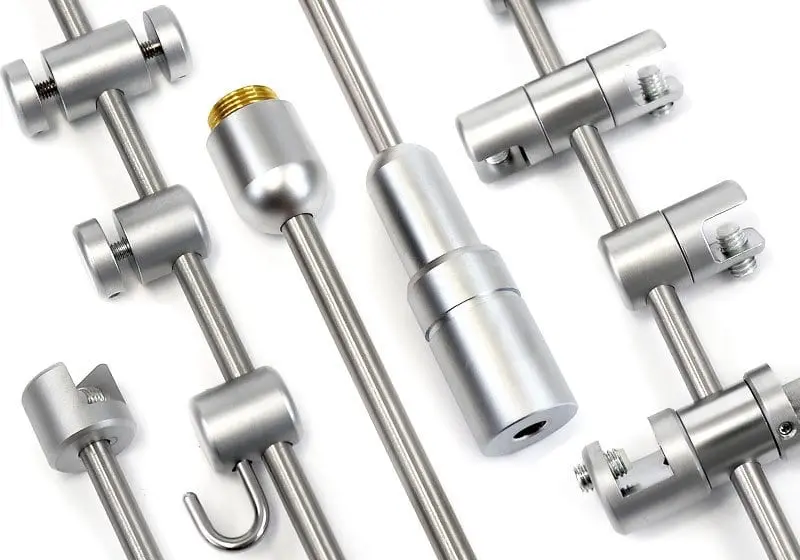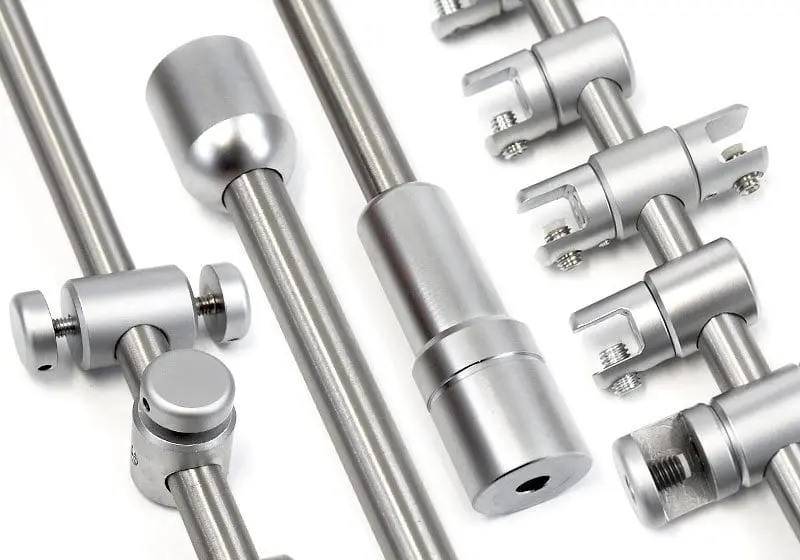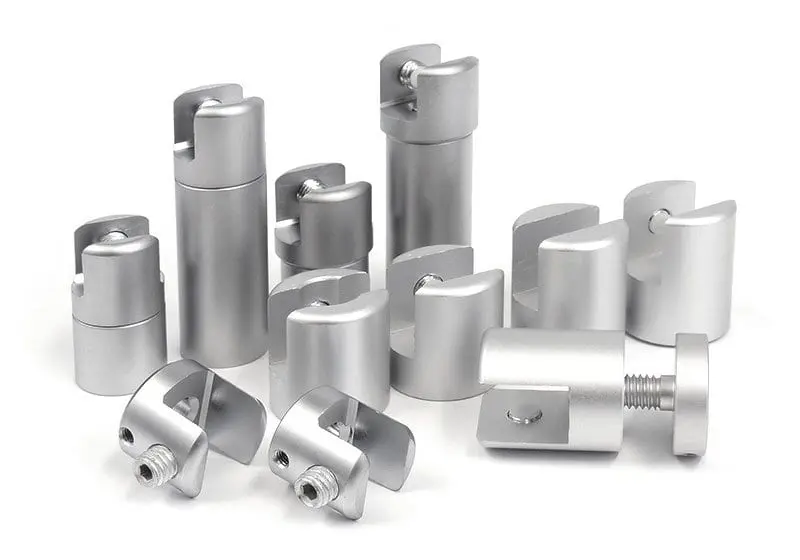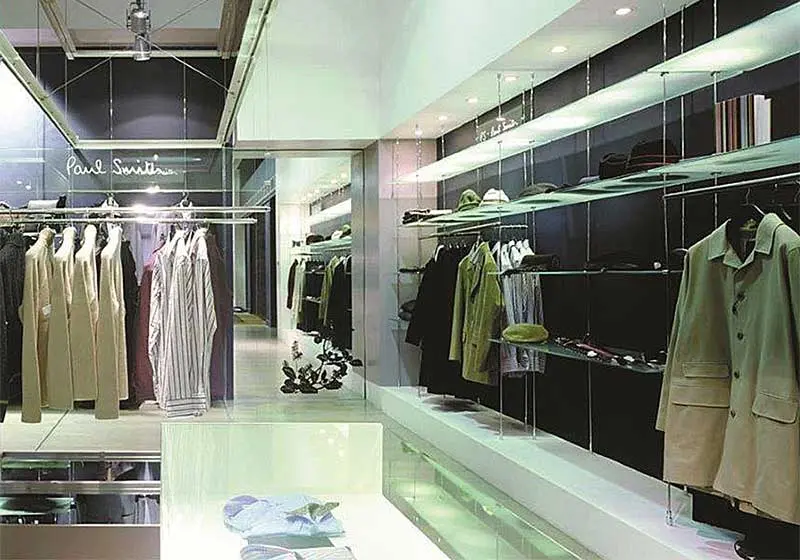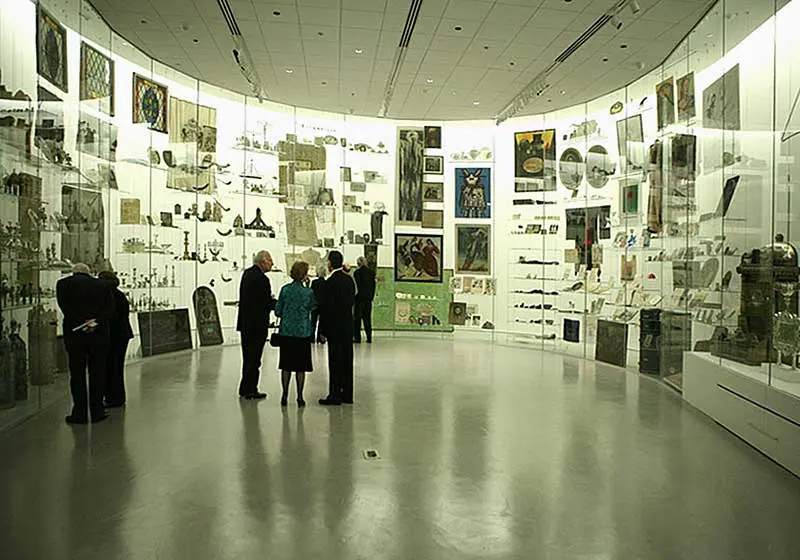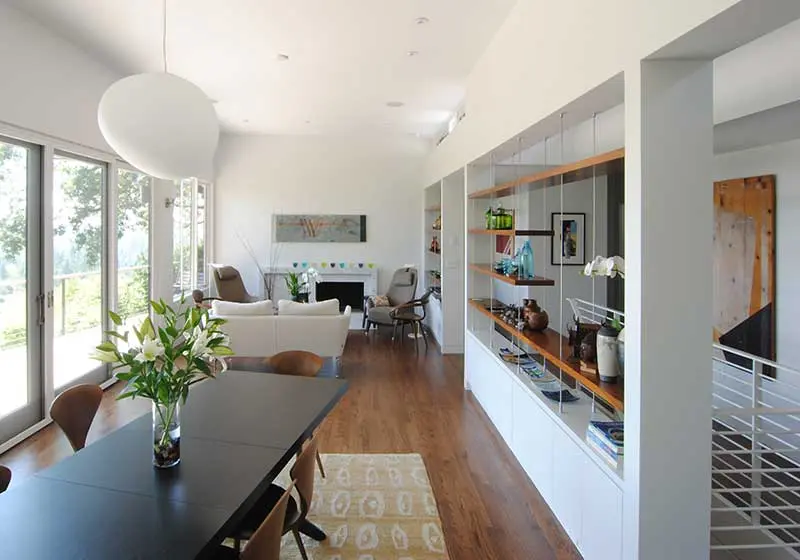- Home
- Display Solutions by Application
- Cable Suspended Shelves | Suspension Systems for Shelves and Showcases
Cable Suspended Shelves | Suspension Systems for Shelves and Showcases
Listed below are most popular suspension/support systems used for suspending shelves and showcases. Follow the links on this page to see detailed product information, component and accessory compatibility lists, weight-bearing limitations, specifications and installation guidelines. To purchase standard/stock components and accessories for your project, you may start shopping by clicking on the “View Components” link. If you have special requests or require help with a custom design or fabrication, please contact us.
This display system comes in few standard or special pre-configured suspension kits with ready-crimped cables, fixing plates, tensioners, basic top/bottom or adjustable fixings. Use to suspend acrylic, glass, or wooden shelves from ceiling, ceiling-to-floor, or wall-to-wall configurations.
This display system is available in a standard suspension kit configuration for fixing between ceiling-to-floor. It is designed as heavy-duty suspension system, so even the heaviest of items can be displayed. Use to suspend shelves, showcases, partitions, and hanging rails for garments.
This display system comes in a variety of modular components such as rods, top/bottom rod fixings, wall fixings, panel/shelf support fittings, and other finishing components. Use for standard ceiling-to-floor or wall-to-wall suspended applications, wall mounted or any other configurations.
This display system has the highest braking strength and is capable of supporting loads up to 440 lbs. Rods can be used vertically or horizontally, fitted between the floor and ceiling, or wall mounted. Ideal for supporting wood or glass shelves, hanging rails and oversize panels, and room dividers.
Quality standoff hardware for mounting small decorative shelves projecting outward from walls. The standoff capability provides simple and elegant solutions for affixing various types of substrates such as acrylic, glass, or wood. They clamp the edge of the panel, so no holes are required.

